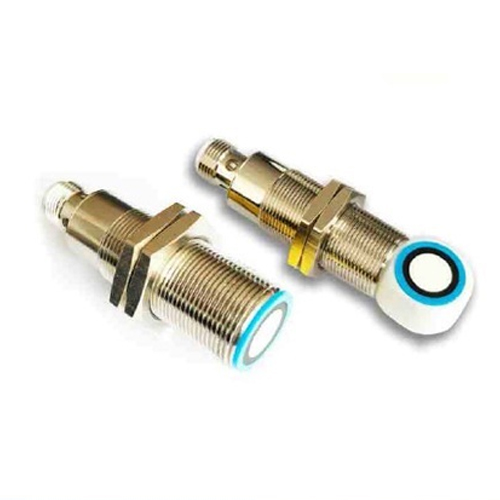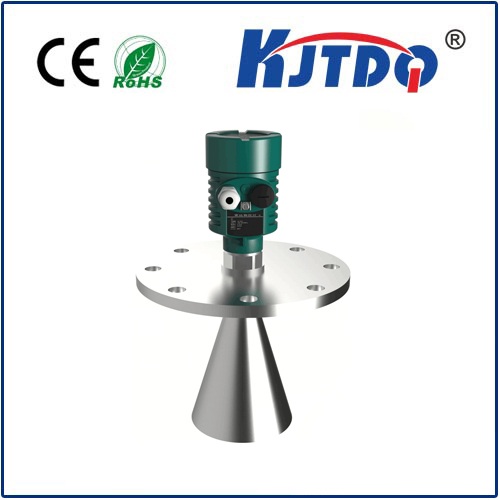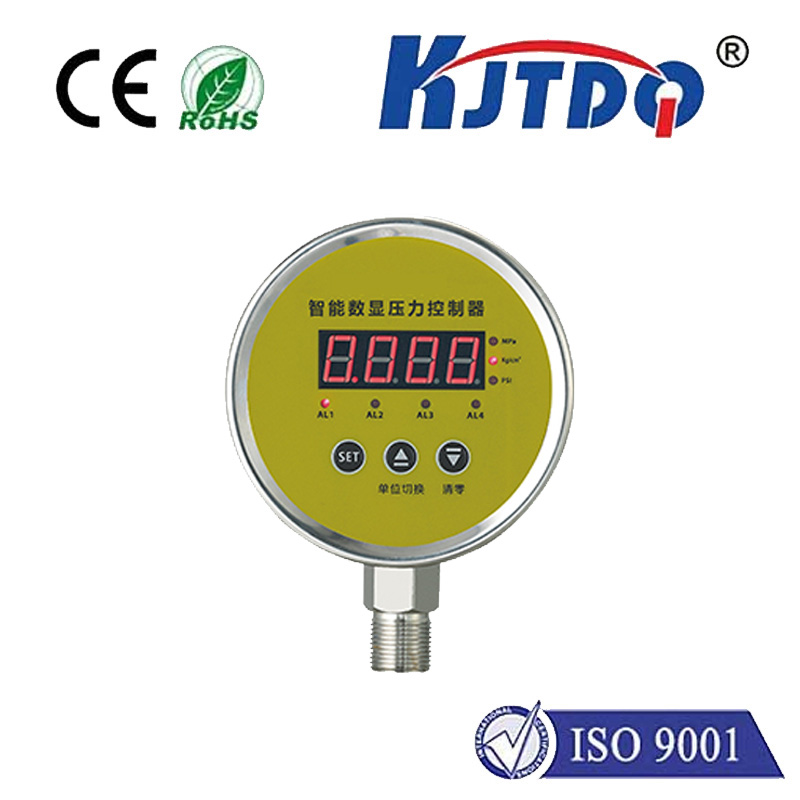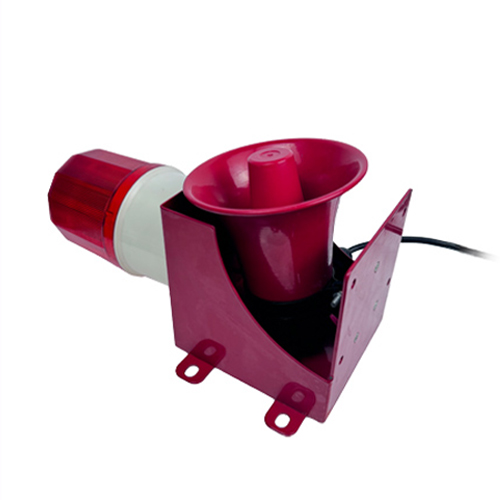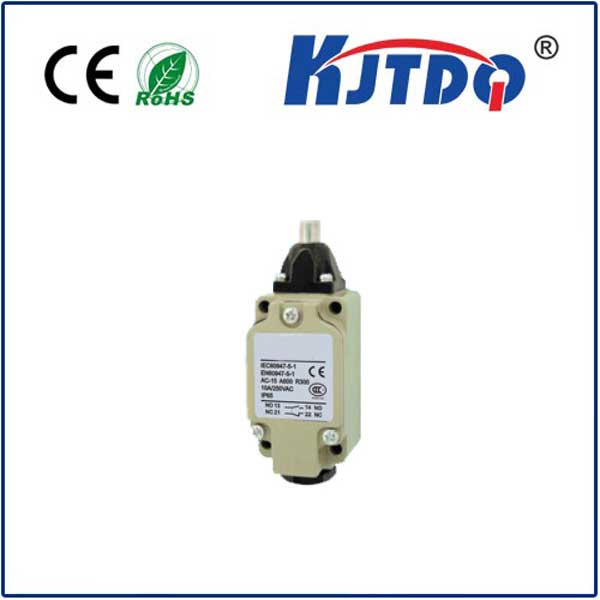

check

check

check

check
What separates efficient industrial automation from costly downtime? Often, it’s the hidden heroes: reliable sensors performing millions of detections without fanfare. The Omron E2E-X3D1-M1J-T-Z 0.3M proximity sensor isn’t just a component; it’s a cornerstone of precision detection in demanding environments. This unassuming cylinder packs sophisticated inductive technology, offering a significant 0.3 meter (300mm) sensing range for robust metallic object detection. When accuracy, resilience, and dependable performance are non-negotiable for your machinery or process control, this sensor stands as a proven solution. Let’s delve into why the E2E-X3D1-M1J-T-Z might be the critical upgrade your system needs.
Understanding its designation unravels its capabilities:

This specific combination makes the E2E-X3D1-M1J-T-Z exceptionally versatile. The core technology is inductive sensing. The sensor generates a high-frequency electromagnetic field from its sensing face. When a metallic object enters this field – specifically within its 0.3m range – it causes eddy currents on the object’s surface. The sensor detects this change in the oscillation amplitude within its internal coil, triggering its solid-state output switch. This contactless operation is key to its high reliability and long operational life, eliminating mechanical wear associated with traditional limit switches. The shielded (flush-mountable) design allows it to be installed embedded in metal, dramatically reducing the potential for interference from surrounding metallic structures compared to unshielded sensors – a critical factor for maintaining the integrity of its 0.3m detection capability.
Where does this specialized 0.3M proximity sensor truly shine? Its extended range opens doors to unique applications:
Operation and integration are designed for simplicity: Connecting the E2E-X3D1-M1J-T-Z is straightforward thanks to its 3-wire PNP configuration:
Selecting the right sensor is vital. The Omron E2E-X3D1-M1J-T-Z 0.3M sensor addresses specific needs requiring a longer inductive range. However, consider:
For engineers and maintenance professionals seeking reliable metal detection at a distance, the Omron E2E-X3D1-M1J-T-Z 0.3M proximity sensor is a compelling choice. Its robust shielded construction, impressive 0.3m sensing range, PNP output flexibility, and proven resilience make it more than just a component; it’s an enabler of accuracy and consistency within automated processes. By leveraging this extended range capability, you can solve detection challenges where standard proximity sensors fall short, enhancing system reliability and reducing the need for complex mechanical adjustments. When precision, range, and robustness converge in your automation component requirements, this sensor delivers the performance modern industrial applications demand.


